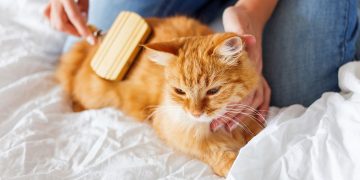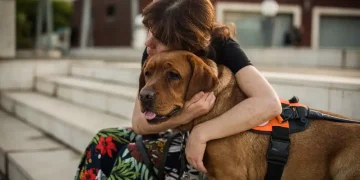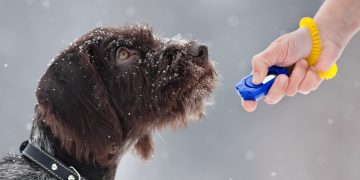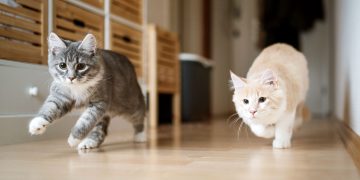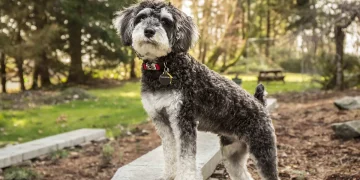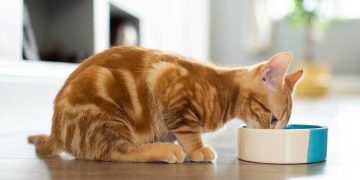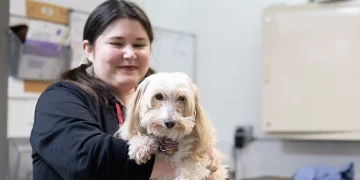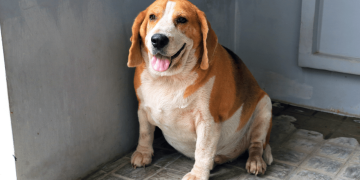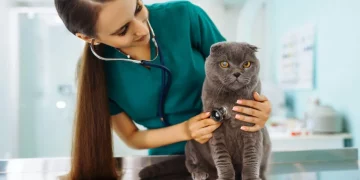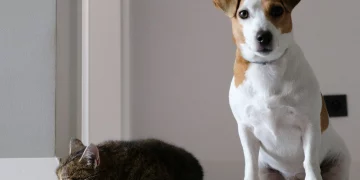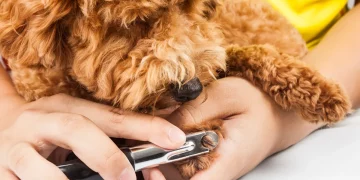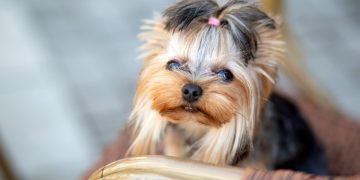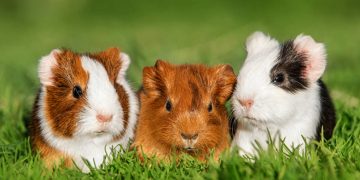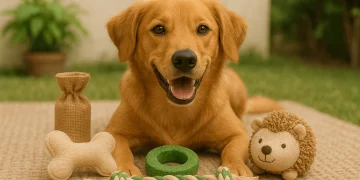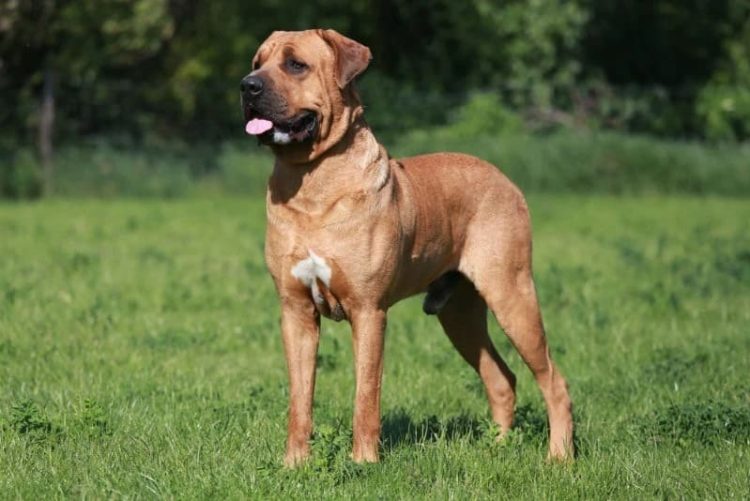How to raise Tosa dogs?
The Tosa Inu, commonly known as the Tosa Inu, Tosa Ken or Japanese Mastiff, is a large mastiff with short fur that was developed in Japan for dogfighting. Today, this activity is still legal in Japan, and the breed continues to be used for this purpose. In most parts of the world where dog fighting is prohibited, the Tosa is a watchdog, watchdog, and companion dog. Can be quietly affectionate towards their human family, but they are generally aloof towards strangers. Tosa dogs require extensive socialization to help them accept and welcome visiting guests. Due to their dogfighting history, Tosa dogs can also be aggressive towards other dogs, especially those they don’t know. This breed is best suited for people who are experienced with dogs.
Characteristics of Tosa Inu
Tosa Inu are large, powerful dogs, but they are also calm, quiet, and obedient in temperament. They are naturally vigilant and will alert their owners to anything seen as threatening or unusual. Although Tosa Inu may respond positively to trespassers or those who threaten their home or family, they are not aggressive towards non-threatening humans. The Tosa has a gentle and tolerant disposition, and children in the family are taught to interact with the dog respectfully. If raised together and properly socialized, the Tosa may be able to get along peacefully with the dogs of other family members. A pair of dogs of the opposite sex (one male and one female) is generally recommended as they may be easier to get along with. It is generally not recommended to keep Tosa Inu with cats or other small pets.
History of Tosa Inu
Dog fighting has a long history as a sport in Japan. The Tosa Inu was created to be a larger, stronger and more skilled fighting dog than other breeds. Around the mid-19th century, Europeans introduced some of their cherished fighting dogs to Japan. When Japanese dog lovers saw the strength of these dogs, they started introducing them to the Japanese dogfighting scene. The breeds used to create the Tosa include Shikoku, another Japanese breed, as well as Western breeds newly introduced to Japan, including Bulldogs, Mastiffs, German Pointers, Great Danes, and possibly others.
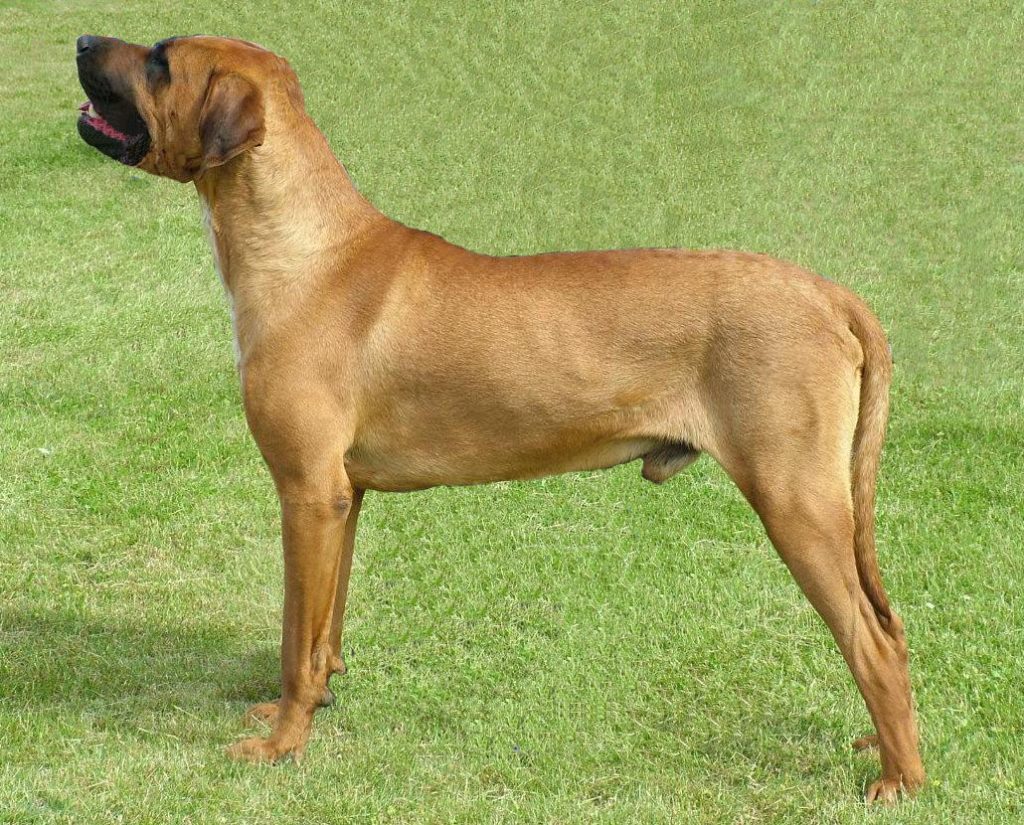
Tosa Dog Care
When it comes to exercise and grooming, the Tosa Inu is relatively inexpensive to care for. Training must be consistent, especially during puppyhood, and used in conjunction with socialization to help your dog adjust to life at home and in public spaces. Exercise Tosa dogs are quite athletic dogs for a huge breed. However, the need for exercise is in the middle range. Tosa dogs require daily exercise and mental stimulation in the form of long walks, hikes, or chasing toys or balls in a secure enclosed yard. Due to the breed’s aggressive tendencies towards dogs, you should always keep your dog on a leash when outside. Grooming Tosa Inu’s hair is easy to take care of. Its short, straight, dense fur fits snugly against the body and does not require trimming, shedding only moderately. Brushing a few times a week can keep this under control. Trim your dog’s nails every two weeks and check the inside of the ears regularly. If they look dirty, clean them with a pet-safe ear cleaner and cotton balls or gauze squares. If you see redness or inflammation, have your dog examined by a veterinarian.
train
Although the Tosa is intelligent and also wants to please its owner, this breed is assertive and willful. Use firm but fair training methods, including positive reinforcement training and consistent enforcement of the rules. Frequent socialization early in puppyhood is absolutely critical to reduce overprotection. If your dog starts showing signs of aggression very early, seek out an expert with behavior training experience. Ignoring these signs of a puppy can lead to problems for your dog later in life; this can be especially dangerous given its large size.
Diet and Nutrition
The Tosa Inu weighs between 80 and 160 pounds and is a large dog. They eat large amounts of food and it is important to monitor their portion sizes, especially during puppyhood. Giant breeds require slow and steady growth to prevent joint disorders such as hip and elbow dysplasia. Another important factor in a giant dog’s diet is their mealtime. Your veterinarian may recommend feeding small amounts of high-quality dog food multiple times throughout the day to prevent conditions like bloating, while avoiding pre- or post-exercise meals. Being overweight, including canine obesity, can also lead to the development of other health conditions, such as diabetes. Ask your veterinarian to provide your specific dog with an appropriate feeding plan based on your specific dog’s age, weight, and activity level. Breeding Instructions Since Tosa Inu is a large fighting dog and has certain dangers, special attention should be paid to raising this breed.



